‘Kurrowah’, 74 Alexandra Street in Hunters HIll
[Previous post: Kooyong, Warrawee... Next post: ]
- See also Mornington, Hunter's Hill
- See also Hunter's Hill Heritage
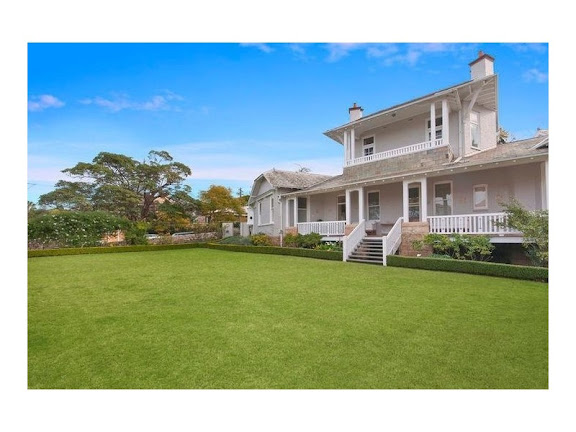
- "At first, it seems like an intimidating price for a home that lacks water frontage and only can stake claim to obstructed water views.
- "The interiors are nothing to write home about (save for an original and unique barrel vault ceiling in the dining room) and the pictures are entirely unimpressive.
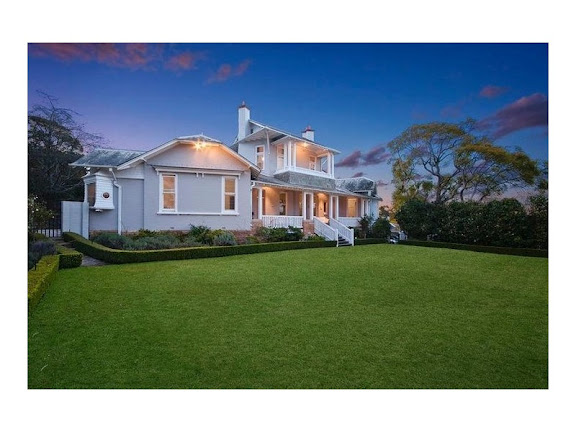
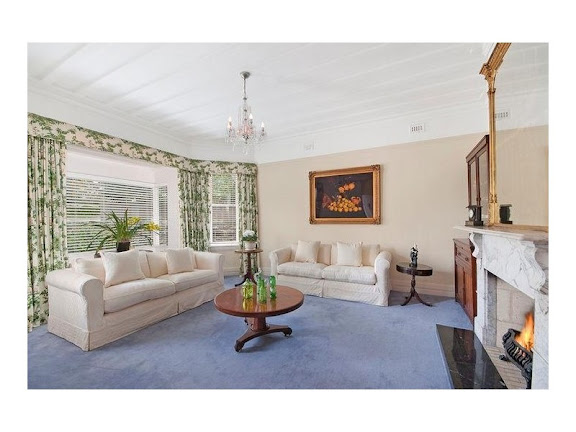
- "Weirdly, listing agent Matthew Ward of Ward Partners fails to mention the most important trait this home carries: Henry Budden.
- "Budden was a prolific architect of public and institutional buildings in early-20th Century Sydney yet only designed a small smattering of residences, making Kurrowah all the more unique. [1]
- "The architect began his practice around the turn of the century and designed the featured home in 1903 (not 1901, as is indicated on the listing). At that time, his asymmetric plan was straight up revolutionary. According to the 1982 Hunters Hill Trust Journal"
- Here his enthusiasm for asymmetry is pronounced, in the broken roof lines and multitude of angles; this is connected with his imaginative use of site.
- The house was reported and illustrated in the journal of the New South Wales lnstitute of Architects “Mr. Weedon’s house shows clever treatment of a rather difficult problem in planning, the building being so arranged that the best rooms command the best views” (Art and Architecture, 2 [1905], 192-94).
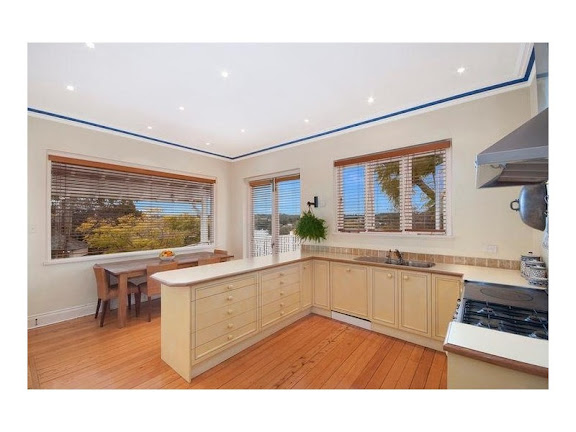
- "Budden situated the home to capture northern light and impressive harbour views, views now obstructed by mature trees and recent development.
- "The style of the home merges Craftsman (a style not then commonplace anywhere outside Southern California) and Queen Anne influences and shuns many iconic Federation-style features (ie. red brick exterior, tile roofing) then popular.
|
|
- Read more:
- radicalterrace.com/post/30111698783/
- http://huntershilltrust.org.au/wp-content/uploads/2011/03/Vol-11-No-2-July-1982.pdf

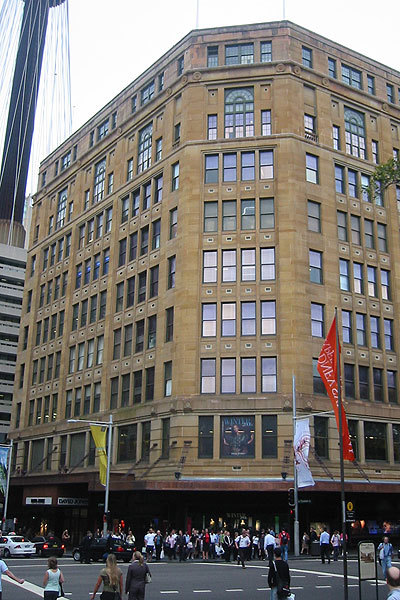
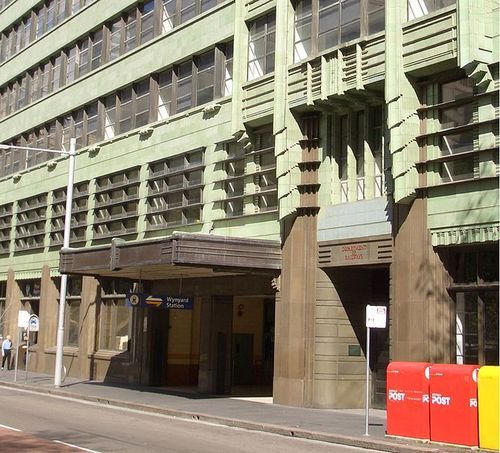
No comments:
Post a Comment